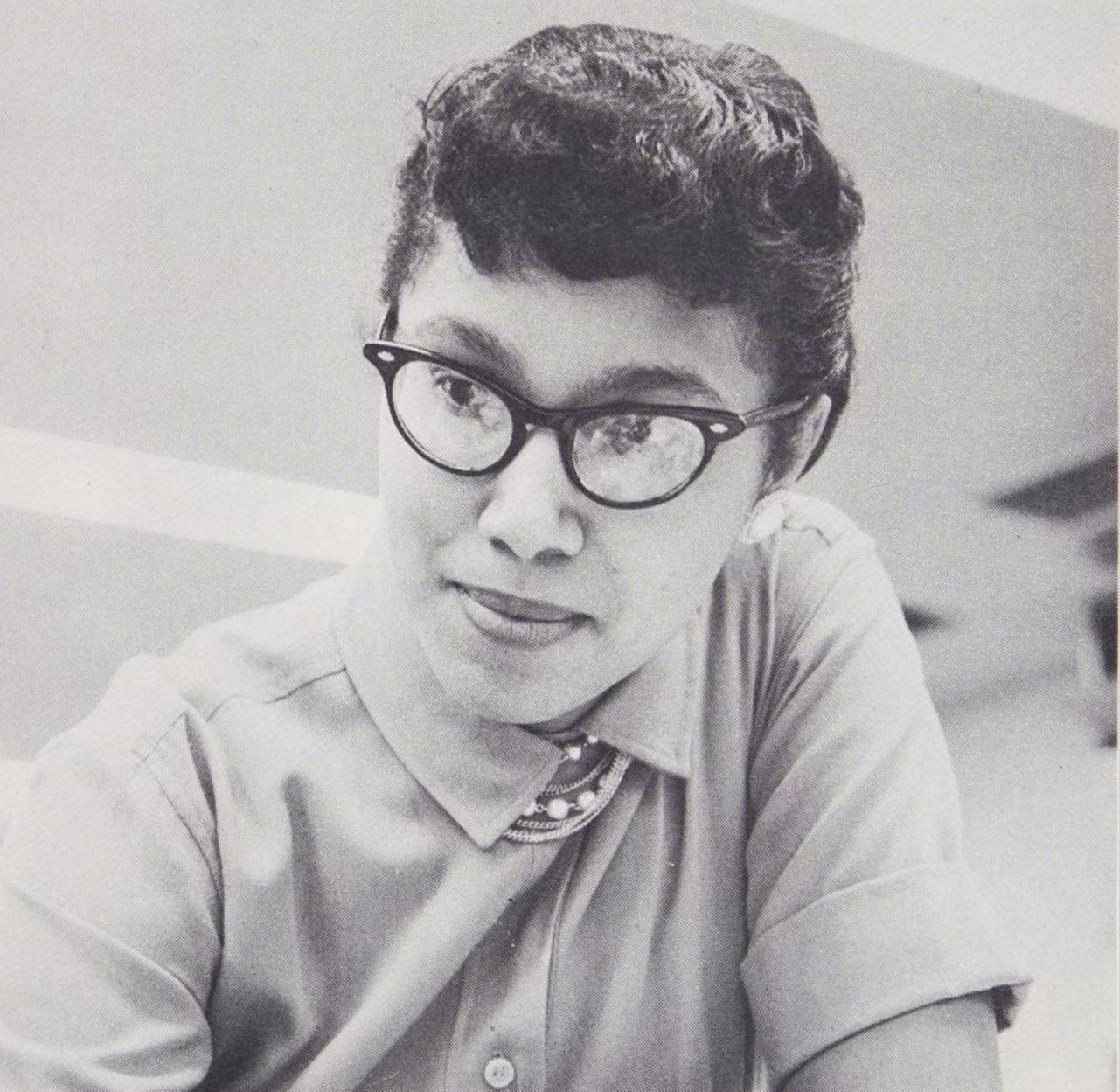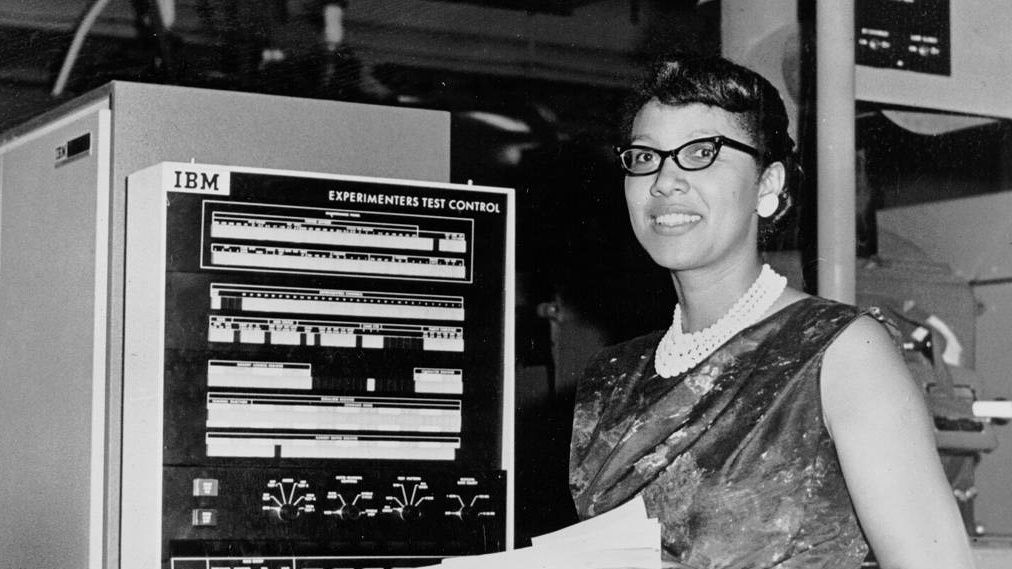Few humans can say they were a part of the mission that allowed astronauts to land on the moon in 1969. Only the prestigious can claim they have a mountain in their name - not on Earth, but on the moon.
Melba Roy Mouton is now one of the handful of scientists and mathematicians that do.
While Melba Mouton was not one of the “hidden figures” unveiled and featured for their success at NASA during the late 1950s and 1960s, her story is no different. As a Black female working in a prominently male-dominated field, she too faced the brutal reality of discrimination.
Yet, her relentless determination and curiosity allowed her to overcome obstacles. All of which lead her to become a prominent leader as a mathematician and computer programmer in the Space Race era.
Melba Mouton was born in the late 1920s and spent much of her childhood in Virginia during the difficult times of the Great Depression and Word War II. Despite this, she still pursued her passion for math.
She attended the historically Black college, Howard University, earning both a bachelor's and a master's degree in mathematics.
Mouton began her NASA career at the Goddard Space Flight Center in 1959. By the early 1960s, she worked as a lead computer programmer for the Mission and Trajectory Analysis Division’s Program Systems Branch, to compute where spacecraft were in orbit and their trajectories.
This eventually put her as the head mathematician, helping to track the Echo 1 and 2 satellites.

NASA awarded Mouton the Apollo Achievement Award for all of her contributions toward the famed Apollo 11 mission, that allowed astronauts Neil Armstrong and Buzz Aldrin to first step foot on the moon (while third crewmember Michael Collins piloted the command module).
Ending her career at NASA as the Assistant Chief of Research Programs for the agency’s Trajectory and Geodynamics Division, Mouton finally retired in 1973. Years later, doctors diagnosed Mouton with brain cancer and she passed away in 1990 at age 61.
On Feb. 15, 2023, NASA announced they would name a mountain on the moon after Mouton in honor of all her accomplishments during her time at the agency. With all mountains on the moon referred to as mons, “Mons Mouton” is now the official name of the lunar mountain near the South Pole.
Naming a mountain, or any other topographic features, on the moon isn’t as easy as you think. NASA can only suggest potential names, but it does not have the final say in determining whether the name is confirmed.
Only the International Astronomical Union (IAU) can approve a name and there’s a designated committee that handles that: the Working Group for Planetary System Nomenclature (WGPSN).
The WGPSN has certain guidelines it must follow when accepting and choosing a name, whether it be a mountain on the moon or any other astronomical object. To view the set of rules they must abide by, click here.
According to NASA, the IAU declared that the name for lunar mountains must reflect “scientists who have made outstanding or fundamental contributions to their fields.”
Given all her accomplishments in the field, it makes sense that the name Mouton was a strong candidate, and thus, approved by the IAU.
Since Mons Mouton has a relatively flat top, NASA claims it is one of the potential landing spots for Artemis III, the first manned mission to the moon, scheduled in 2026.
Although Mons Mouton will first serve as the location for NASA's Volatiles Investigating Polar Exploration Rover (VIPER) mission set to happen later in 2024.
Please be sure to check out the tribute video NASA put together honoring Melba Mouton, while discussing its plans for Mons Mouton as a potential landing and research site on the moon.
Whether Mons Mouton is the selected landing site for the Artemis III mission or not, the gesture of honoring one of NASA’s greatest scientists comes full circle. With all her efforts to get us to the moon, it is only fitting that her name and her legacy earn a spot among the stars.
Our team of meteorologists dives deep into the science of weather and breaks down timely weather data and information. To view more weather and climate stories, check out our weather blogs section.




